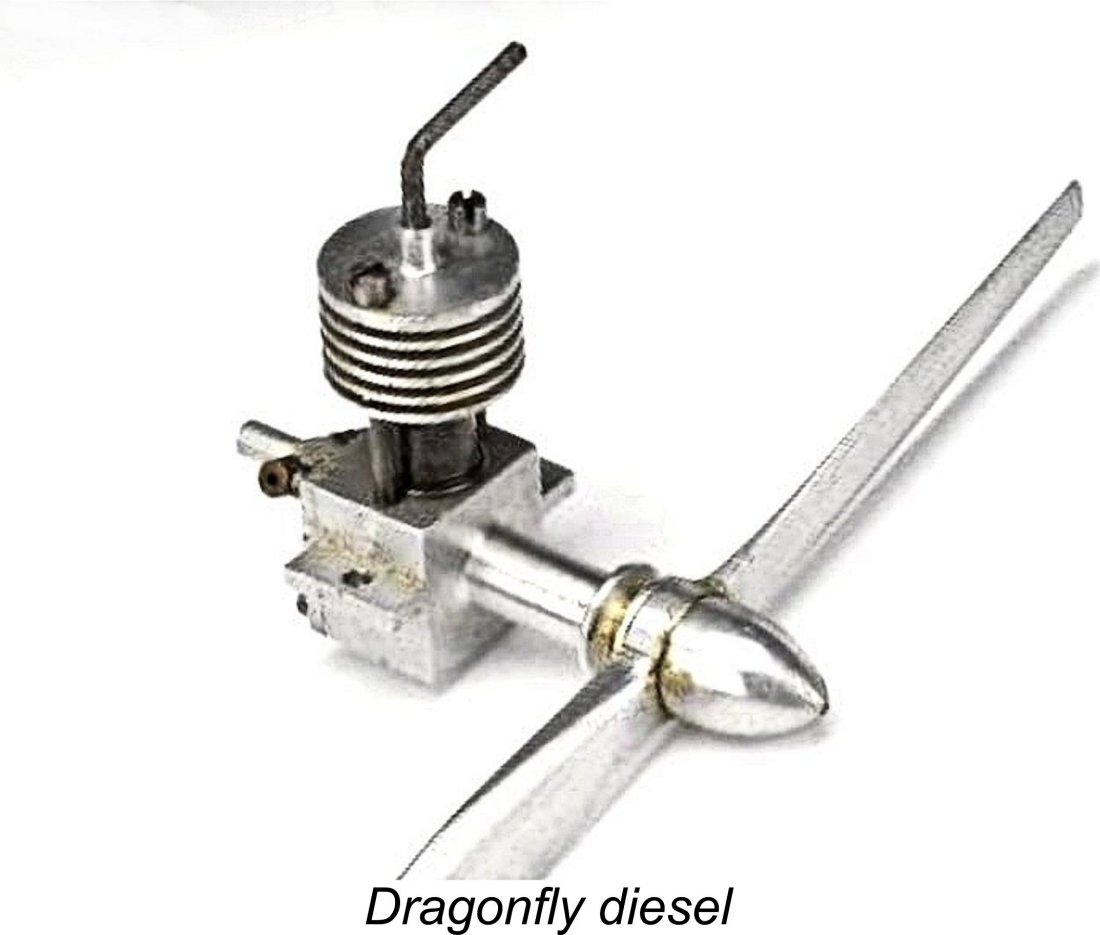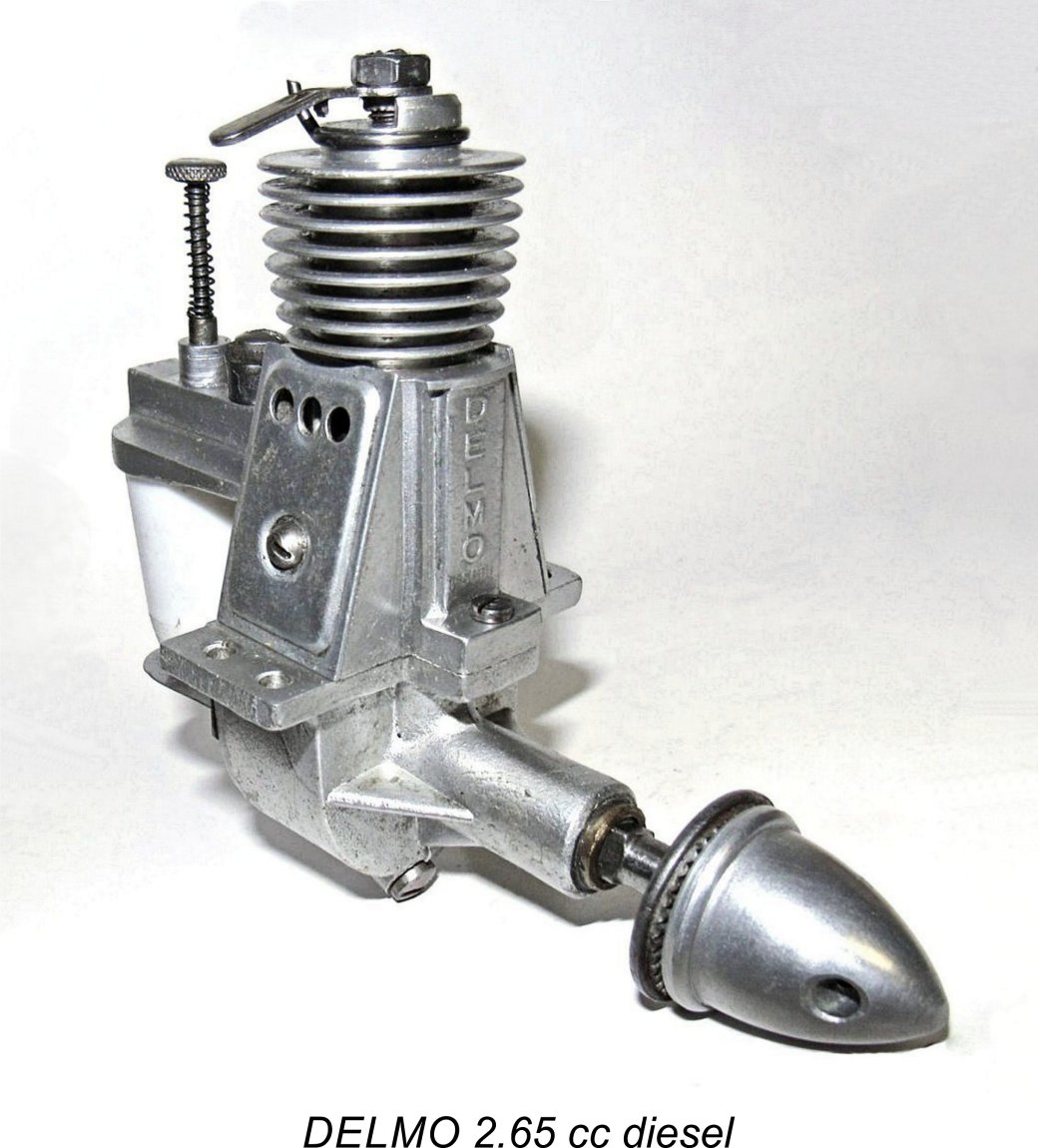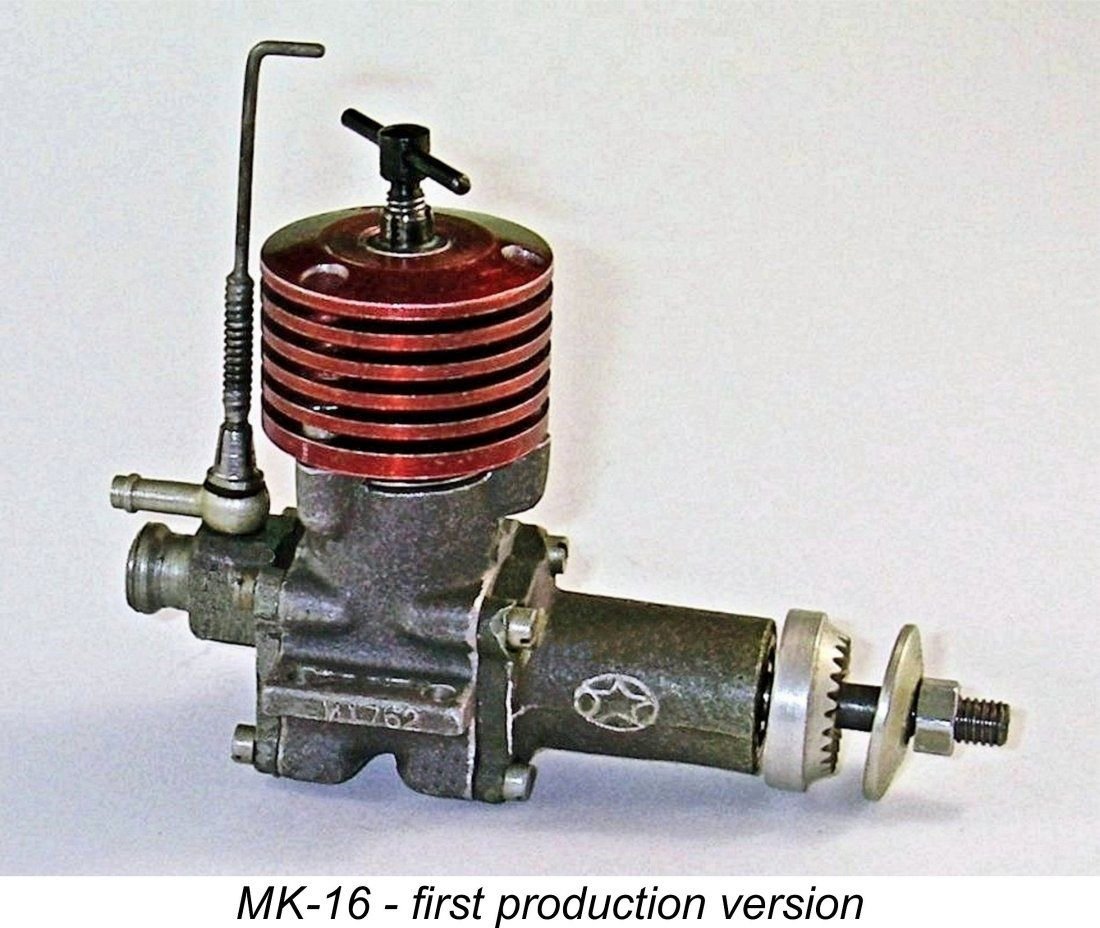
|
|
From the Editor - November 2020
All I can do is continue what I’ve been doing all along - thinking for myself on the basis of a logical interpretation of the facts while keeping my head down and avoiding all unnecessary direct contact with others. I will admit that this isolation is hard to maintain and I for one am heartily tired of it, being a sociable chap by nature! However, since it is the only responsible reaction to this unprecedented situation, I will continue to maintain my regimen, thereby hopefully at least not contributing to the problem. I have to be able to look my younger relatives in the eye and tell them that I did what I could to protect their futures.
The numbers for October 2020 were actually rather a mixed bag! The total of 384,850 hits for October was a little down from the September total of 399,391, but paradoxically the number of visits in October showed a substantial increase from 3,766 to 4,195. Even more encouragingly, these visits came from 2,197 unique visitors, actually well up from September's figure of 1,916 unique visitors. However, that increased number of visitors accessed a slightly reduced total of 14,934 pages, down from the September figure of 15,133 pages. As I said, definitely a mixed bag, but these numbers still leave me feeling quite comfortable and happy to carry on. Despite the COVID-19 pandemic, a good number of folks are clearly remaining very much engaged with our hobby, and the mail box has remained quite active. I heard from quite a few of you during October, including (in no particular order) Luis Petersen, Dave Jones, Peter Valicek, Maris Dislers, Kenneth Maier, Steve Hainsworth, Dave Causer, Kevin Richards, Miles Patience, Ken Croft, Brian Cox, Tim Dannels, Andrew Boddington, Ingemar Larsson, Brian Hampton, Amadeus Kurtz, Bill Wells, Phil Alvirez, Michael Csele, Rodrigo Castellanos, David Farmer, Peter Scott, Chris Ottewell and Chris Coote. Apologies to anyone whom I may have inadvertently missed in the crowd! The blog site has continued to justify its existence by contributing a small but steady flow of relevant traffic - thanks for that. Apologies also to those to whom time did not afford an opportunity to reply. I assure you all that I do read every communication that comes in by whatever route, but time is strictly limited and I’m not always able to respond. Nonetheless, I really do appreciate hearing from you, even though it’s sometimes a one-way street.
This month’s issue brings a special treat for the home constructors among you! I’ve been working up an article on the early micro-diesels from WW2 up to 1960. One of the engines which this captures is the little Dragonfly diesel from England, which was individually made in very small numbers in 1960-61 by an unknown manufacturer and sold exclusively by Henry J. Nicholls in nominal displacements of 0.1 and 0.2 cc. The complete article will appear on this website in due course. Over the half-century since the Dragonfly was in production, details of its construction had been lost. However, by extreme good fortune the well-known model engine constructor and restorer Mike Crompton had one of the very rare original examples through his hands for repair some years ago now. He made a few very rough sketches with some key dimensions, After consulting with my valued friend Ken Croft, I believed these plans to be lost. However, during a subsequent in-depth search for micro-diesel material in my own bloated and poorly-organized data-base, I found that Ron had sent me a copy of the plans for the DragonFlea years ago!! I had completely forgotten that these plans were tucked away among all the other material, which is a logical result of my failure to stay on top of the organization of the mass of documentation which I’ve accumulated over many years. My filing system clearly needs work! Fortunately, it’s never too late to correct errors of this sort! Feeling that some of you may wish to have a go at making one of these little gems yourself, I’ve added the DragonFlea plans to my list of such documents to be found elsewhere on this website in the Technical Topics section. Click the above link and then Hopefully this will result in a few more examples being created. If any of you decide to have a go, please keep the rest of us posted through the blog site. I’d love to see one of these little beauties running! Turning now to this month’s lead article, we head back to the Continent once more to look at a high-quality range of early post WW2 model engines from Paris, France. I’ve reviewed the DELMO engines which were designed and manufactured by Maurice Delbrel and were marketed from early 1945 until early 1956. Because they were manufactured in relatively small numbers and were never exported to English-speaking markets on an organized basis, this range remains largely unknown outside of France and a few neighbouring European countries. This is a pity, because Maurice Delbrel was a highly creative individual with a marked ability to think “outside the box”. Along the way he produced a series of excellent diesels in various displacements as well as two different twin-cylinder diesels and a unique multi-ignition model which could be operated either as a variable compression diesel or as a glow-plug unit with no changes required. His work richly deserves to be more widely appreciated, hence this month’s lead feature. A full test of his excellent For next month’s December issue, I plan to give you all a Christmas treat with two new articles. Both will relate to an earlier piece which I put up here about the history of model engine development and manufacture in the Soviet Union. In that earlier article, I mentioned the engines to be covered in detail next month but did not subject them to an in-depth review and test. The engines concerned are the MK-16 diesel of 1.5 cc displacement and the more or less contemporary MK-12S 2.5 cc diesel, both dating from the mid 1950’s. In prototype form, both of these designs put up some then-remarkable performance figures, and their production renditions weren’t that far behind. Any Russian modeller who was fortunate enough to obtain either of these units had a very fine I think that about does it for this edition. All being well, I'll be back to you with another issue on or about December 1st, 2020. Meanwhile, please accept my continuing best wishes for making it safely through the present pandemic situation and political dysfunction. The heady aromas of diesel fumes, sparkie smoke or burning nitro may be a bit more challenging to experience at this time, but I hope that at least some of you find an opportunity to get your fixes! Take care and stay safe - pay attention to the doctors and scientists rather than the politicians and their uninformed self-interested supporters!! Cheers, Adrian Duncan British Columbia, Canada ___________________________________ Note regarding material to be found on this site - unless specifically otherwise noted, all images and text which appear on this site are my own work, and I hereby assert my right to be recognized as the originator of this material. For the record, this material is made freely available to all upon two firm conditions:
Adrian C. Duncan British Columbia, Canada
|
| |
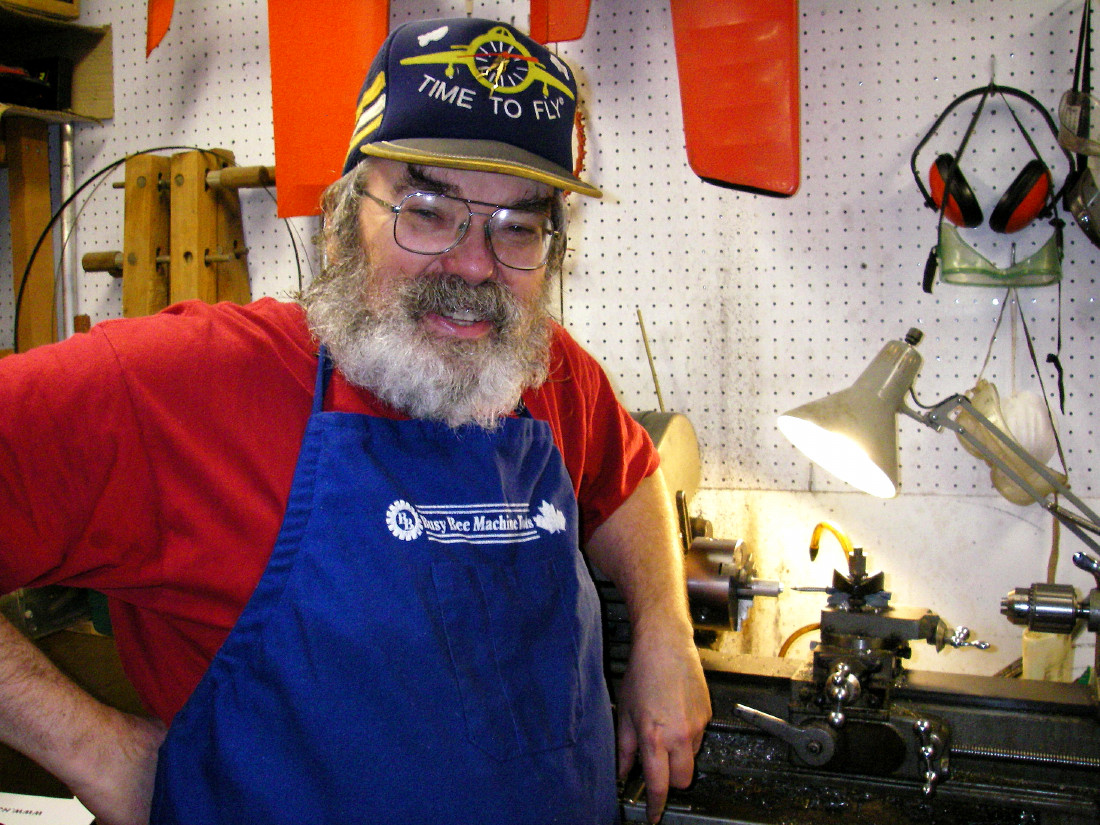
 Oh well, I really shouldn’t complain - at least I’m still here with another update to this ever-expanding website! The site usage stats show that at least some of my readers are continuing to take an interest, which is extremely gratifying - it’s that ongoing interest that maintains my resolve to continue the work that I’ve begun.
Oh well, I really shouldn’t complain - at least I’m still here with another update to this ever-expanding website! The site usage stats show that at least some of my readers are continuing to take an interest, which is extremely gratifying - it’s that ongoing interest that maintains my resolve to continue the work that I’ve begun. 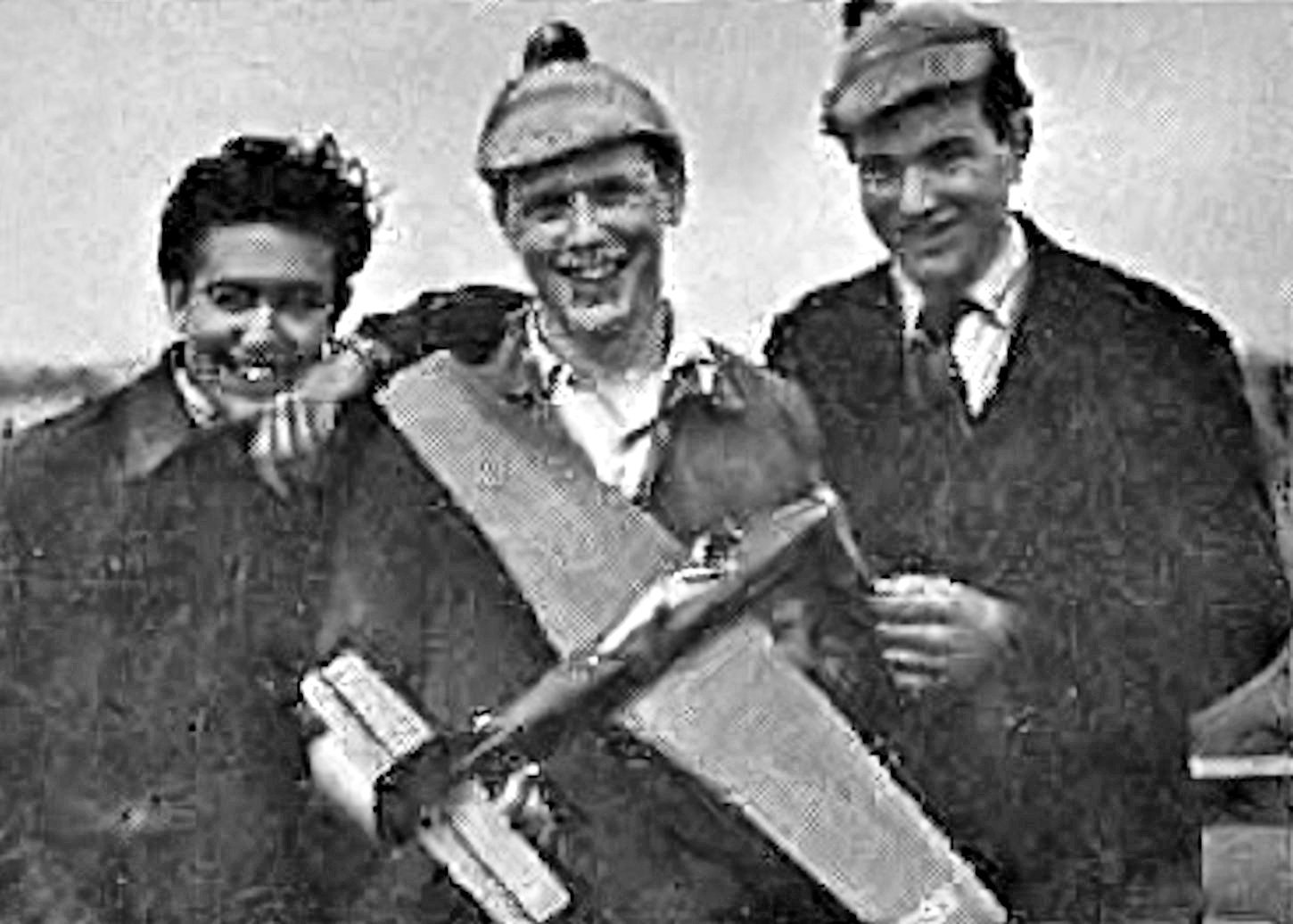 Sadly, I now have to report yet another departure from our midst. Ken Croft has advised that after several days in intensive care following a serious operation for cancer, Tom Pasco of England has died. Readers of my article on this website about my remarkable modified
Sadly, I now have to report yet another departure from our midst. Ken Croft has advised that after several days in intensive care following a serious operation for cancer, Tom Pasco of England has died. Readers of my article on this website about my remarkable modified 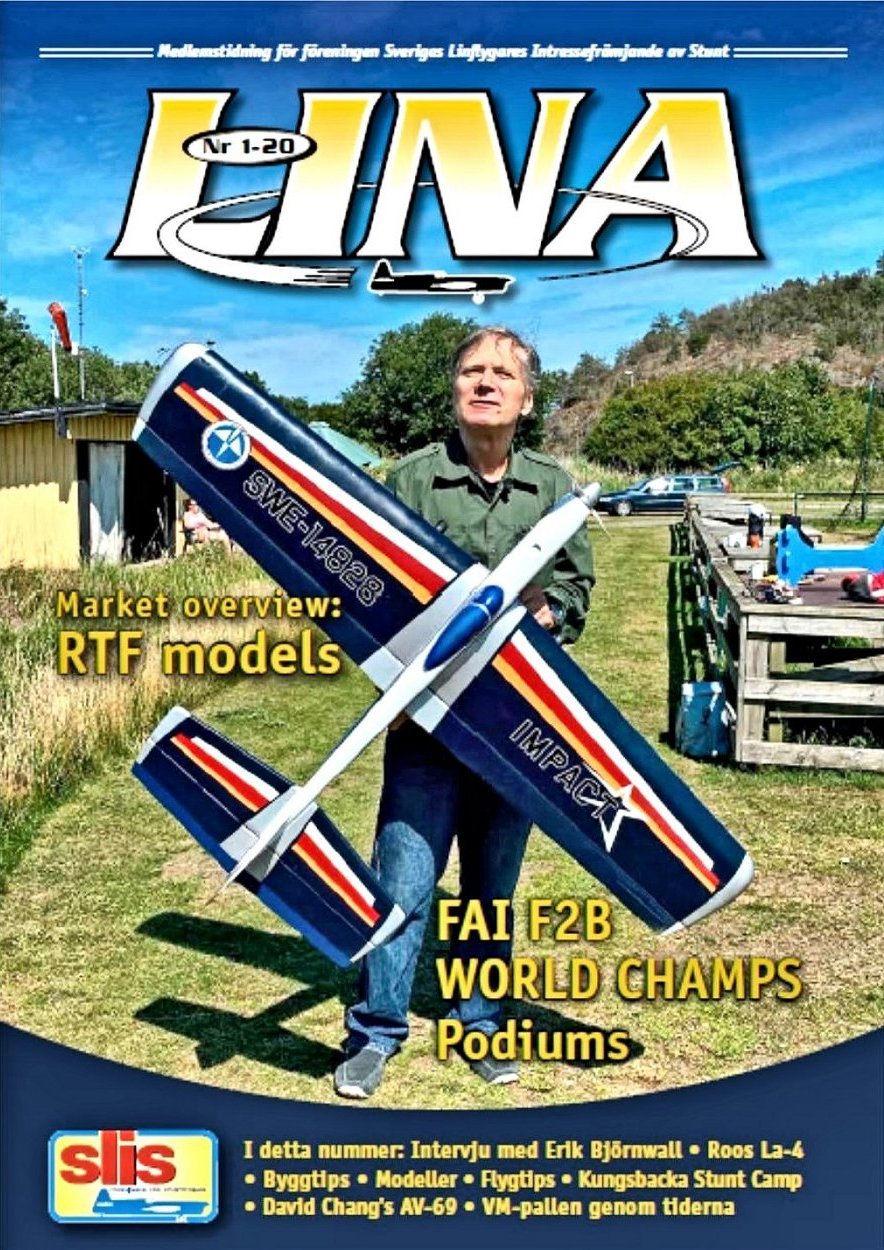 On a far happier note, I heard from Ingemar Larsson of Sweden that issue 1-20 of the superb control-line magazine LINA is now available. This issue has been assembled by Ingemar’s friend and colleague Niklas Löfroth. Ingemar himself is currently working on issue 2-20. As always, the latest issue is chock-full of news and information relating to the world of control-line, complete with the usual wealth of high-quality photographs. A good proportion of the content is in English, while the rest is easily rendered comprehensible in any language using readily available translation software. If you retain any interest at all in control line, you owe it to yourself to become a LINA reader! Contact Ingemar directly at
On a far happier note, I heard from Ingemar Larsson of Sweden that issue 1-20 of the superb control-line magazine LINA is now available. This issue has been assembled by Ingemar’s friend and colleague Niklas Löfroth. Ingemar himself is currently working on issue 2-20. As always, the latest issue is chock-full of news and information relating to the world of control-line, complete with the usual wealth of high-quality photographs. A good proportion of the content is in English, while the rest is easily rendered comprehensible in any language using readily available translation software. If you retain any interest at all in control line, you owe it to yourself to become a LINA reader! Contact Ingemar directly at 